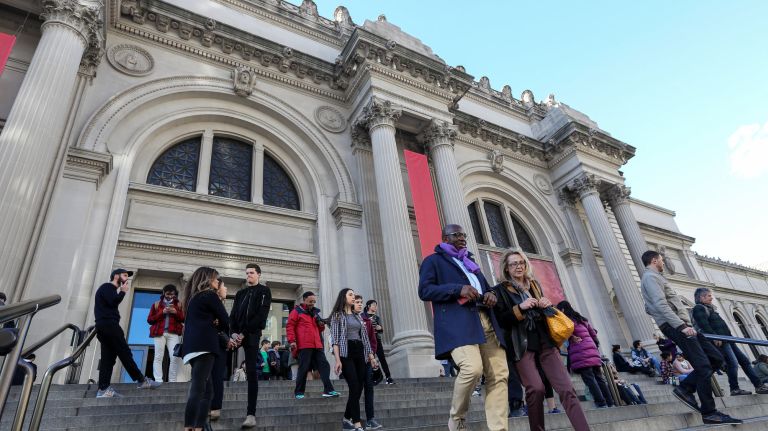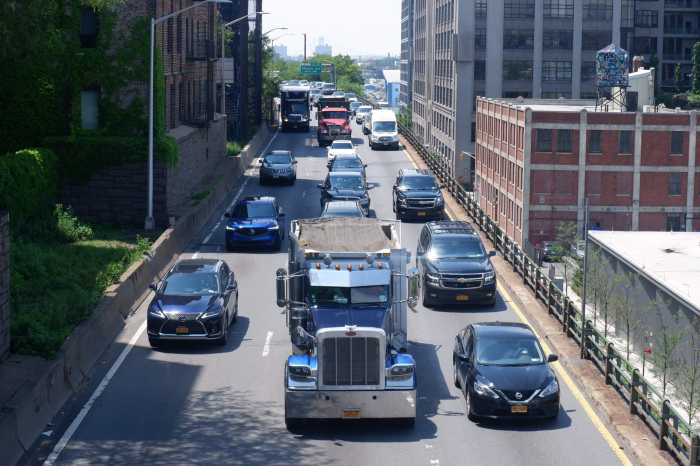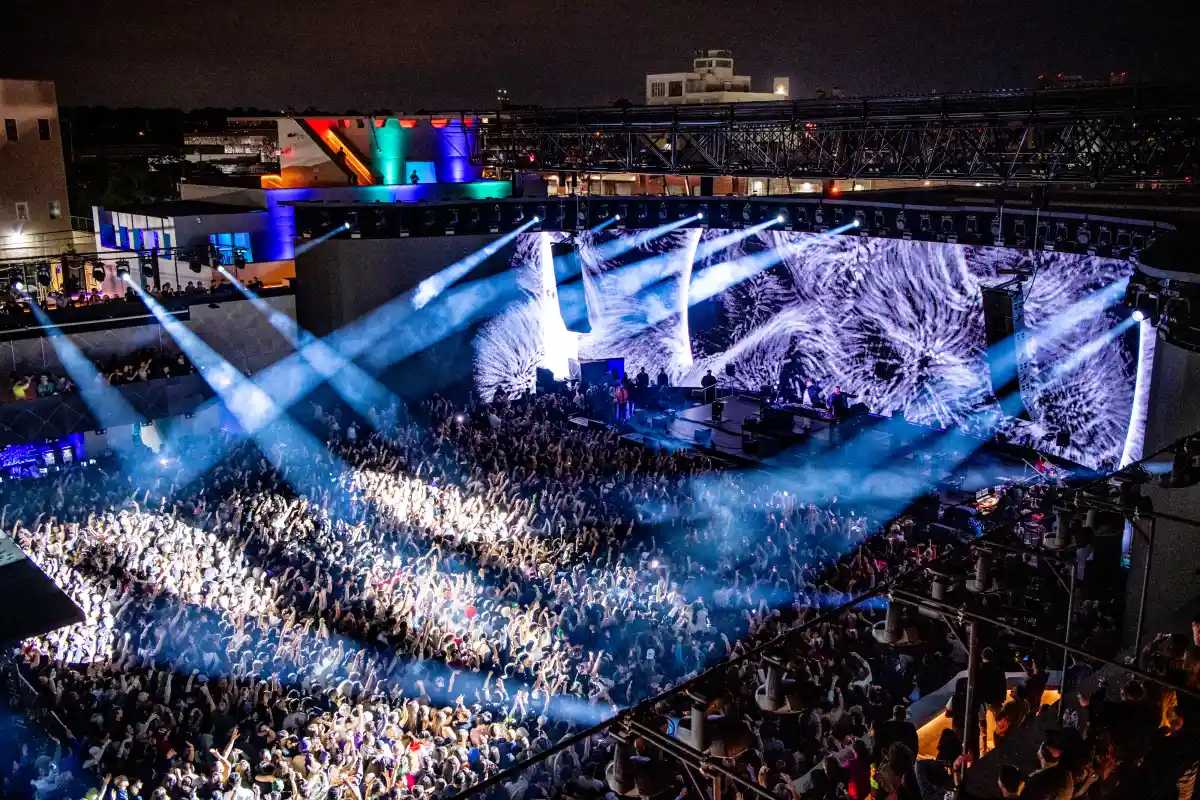
The city is adding another 26 public facilities to its roster of those poised to cut their energy use if providers indicate demand is stressing the power grid this summer.
Under the Demand Response initiative, the city provides agencies and cultural institutions with specific reduction targets — and ways to meet them — should energy providers trigger the warning system because of a surge in power usage.
The city’s Department of Citywide Administrative Services expects the 468 participating sites to collectively curb their energy use by 110 megawatts during heat waves and other periods when the city is prone to brownouts or blackouts and may need to rely on power plants, which cause more pollution. The anticipated reduction in carbon dioxide emissions is tantamount to the burning of 85,000 pounds of coal, DCAS said.
“This summer when the heat goes up, the City’s energy use will go down,” DCAS Commissioner Lisette Camilo said in a statement. “By powering down we can cut CO2 emissions and avoid activating dirty coal-fired power plants. Taking climate change seriously means making sacrifices, and the City is leading by example.”
New participants, which include the Metropolitan Museum of Art, the David K. Koch Theater and several public schools, are expected to shave a total of 13 megawatts off the city’s energy consumption this summer, DCAS said.
"The Met fully embraces the Demand Response Program, and has a number of measures in place that will support the effort while maintaining the comfort of our visitors and the safety of our works of art,” said a museum spokesperson.
During a triggering event, the Met is slated to reduce its energy use by 100 kilowatts by turning off lighting in mechanical areas, two elevators, unused computers and electronics, water fountains in less frequented parts of the building as well as raising temperatures in office areas, DCAS said.
The museum, which is owned by the city, has curbed its electricity use by about 2.86% over the past five fiscal years, according to a DCAS report on public facilities’ energy usage.
Similarly, David K. Koch Theater is slated to cut about 100 kilowatts of energy, when prompted, by shutting off unused computers and electronics, an electric water heater, two staff elevators and increasing the temperature by as much as 4 degrees, according to DCAS. The theater, which is leased by the city, has increased its electricity usage by about 3.62% over the past five fiscal years, according to the DCAS report.
As an incentive to limit power during peak periods, Con Ed and the New York Independent System Operator, which manages the statewide electricity grid, will compensate the city. The government anticipates getting about $14 million this year.
Since launching in 2014 with 150 facilities, Demand Response has earned the city about $45 million.
DCAS said the money is passed onto the participating agencies and institutions, which typically invest it in retrofitting buildings or purchasing more efficient equipment.
Miles Farmer, a senior attorney for the Natural Resources Defense Council, said the initative’s benefits go beyond the cost savings to improving New Yorkers’ air quality.
"Basically, these high peak demand times are the times that require the most expensive power plants to run. In New York those peaker plants, as we call them, are usually the ones that burn oil," he said.
The program has allowed the city to decrease its ordinary power usage by 11% during triggering events, which typically number under five a summer, DCAS said.
During the past five fiscal years, larger city facilities’ electricity usage has increased by half a percent, but if the that list is limited to those operating throughout the whole period and excludes newer facilities, usage decreased one percentage point, the DCAS report said. About 40% of studied facilities increased their electricity usage during that period, according to the report.
With Ivan Pereira




































